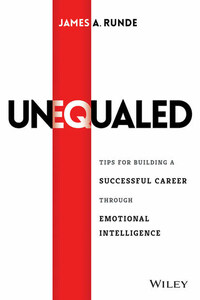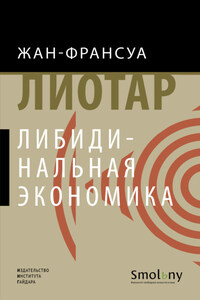Unequaled

Praise for BrandED "Branding instead of being branded. Defining instead of being defined. Innovative educators must stand up for their ideas and actions instead of being judged and branded by external agencies using standardized measures. Eric Sheninger and Trish Rubin present an excellent guide for educators and education leaders to tell their stories through BrandED." —Yong Zhao, PhD, Foundation Distinguished Professor, School of Education, University of Kansas and author of Who's Afraid of the Big Bad Dragon? "A great resource for educators who want to strengthen their connections with students, teachers, parents, and the wider community. These two innovative leaders don't just capture how to tell the story of a school—they show how to create it." —Adam Grant, New York Times bestselling author of Originals and Give and Take "Every day in every one of your schools, great things happen. How does your community know? Schools that are Future Ready boldly engage their community to build relationships and empower both students and families. Powerful yet practical, BrandED is the perfect resource to help your school share its story with the world." —Thomas C. Murray, Director of Innovation, Future Ready Schools "Eric and Trish demystify what it means to brand one's school by providing eight compelling conversations that not only lead to a deeper understanding of branding, but provide relevant ways for school leaders to frame their work… . In the vast sea of information in which we currently reside, using the BrandED Leadership methods described in this book will help school leaders reach their audiences in ways that create trusting relationships and loyalty." —Dwight Carter, Principal, New Albany High School "Disruption is the new normal. And the great disruptors of our time are shaping the culture itself in innovative ways. Eric and Trish's book BrandED sends a very compelling message to school leaders that developing and executing a smart, innovative brand strategy can disrupt the best practices' conventions of the existing school system. Like great disruptive brands from Apple to Uber, educators now have the ability to get the community engaged and immersed in the school's brand equity—and BrandED provides the roadmap for getting there." —Scott Kerr, Executive Director of Strategy and Insights, Time Inc. A brand is built around three key elements: image, promise, and result. The power of a brand to communicate all three elements is undeniable, and in today's digitally connected, social society, schools and school districts have a lot to gain by developing and promoting their own brand identities. BrandED is the groundbreaking guidebook for educators who want to enhance communication with students, parents, and stakeholders to create a transparent record of value. You know great achievements happen at your school. Unfortunately, many of those stories stop at the school doors. This hands-on guide from two rising stars in the education field, Eric Sheninger and Trish Rubin, empowers educators at all levels to take control of how the mission, values, and vision of their schools is communicated. An engaging collection of transformative conversations lead you to discover the opportunities and benefits of designing a brand for your school and sustaining a BrandED community to evangelize it. Even if you have no marketing experience, the easy-to-use framework takes you step by step through the nuances of spreading good news about your school and building relationships around those actions. Timesaving, practical advice prepares you to begin innovating at your school right away, and convenient tips and reflections at the end of each chapter make it easy to integrate the BrandED







